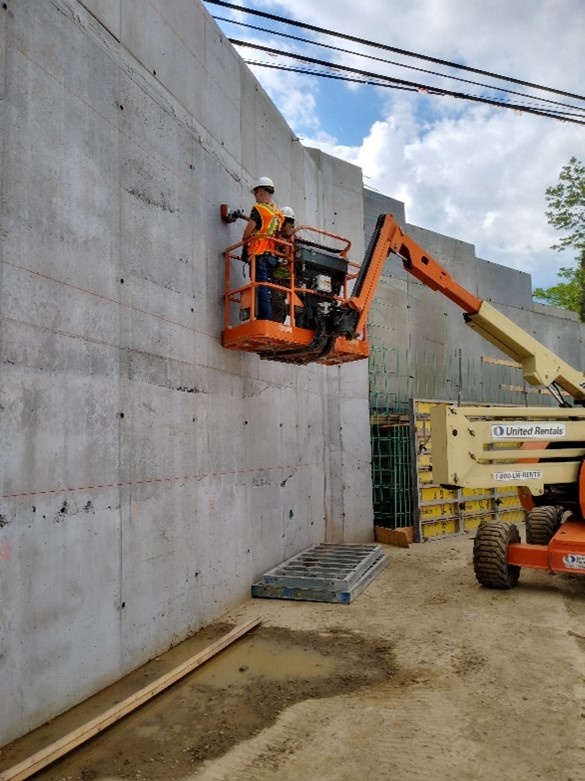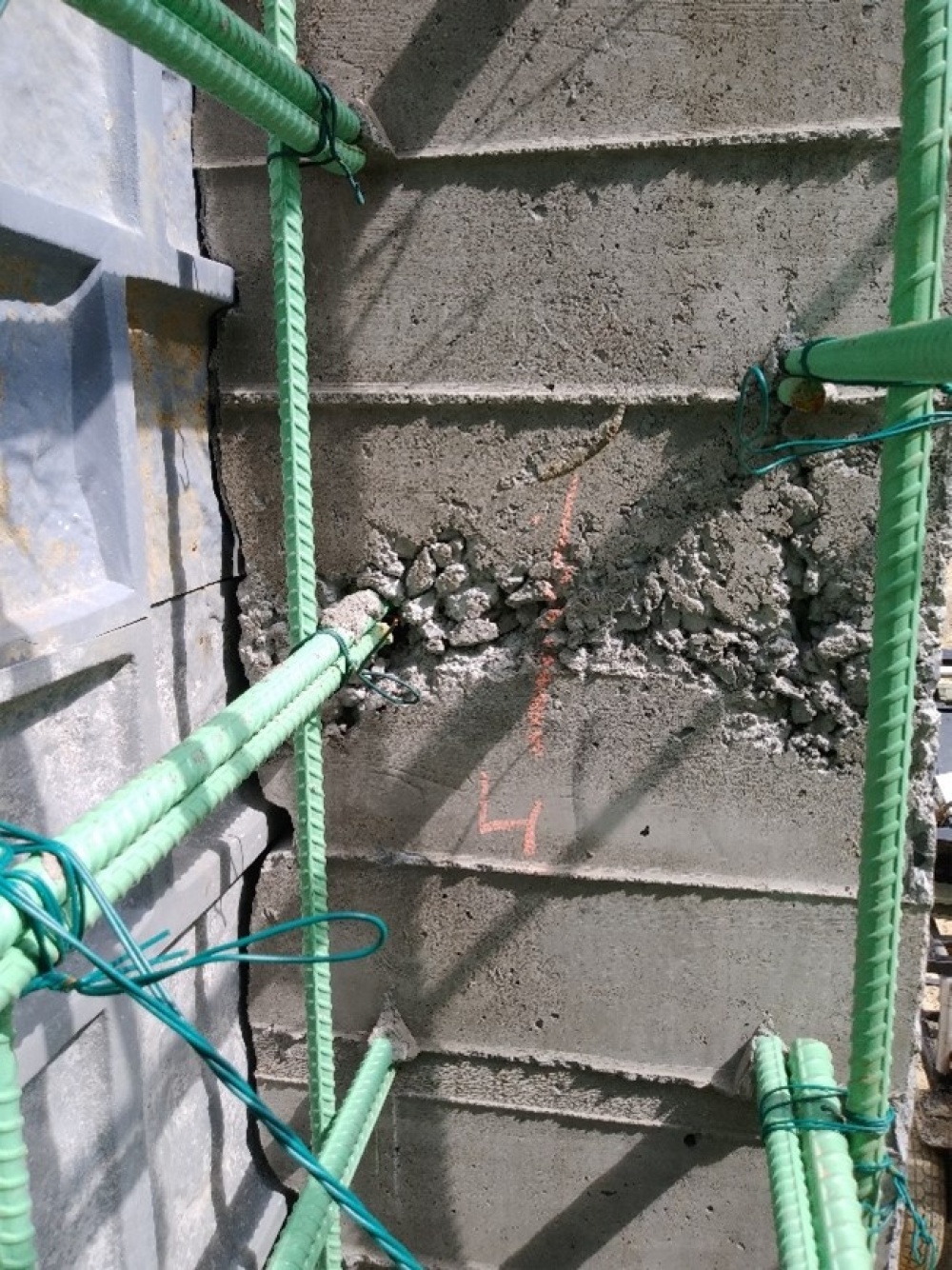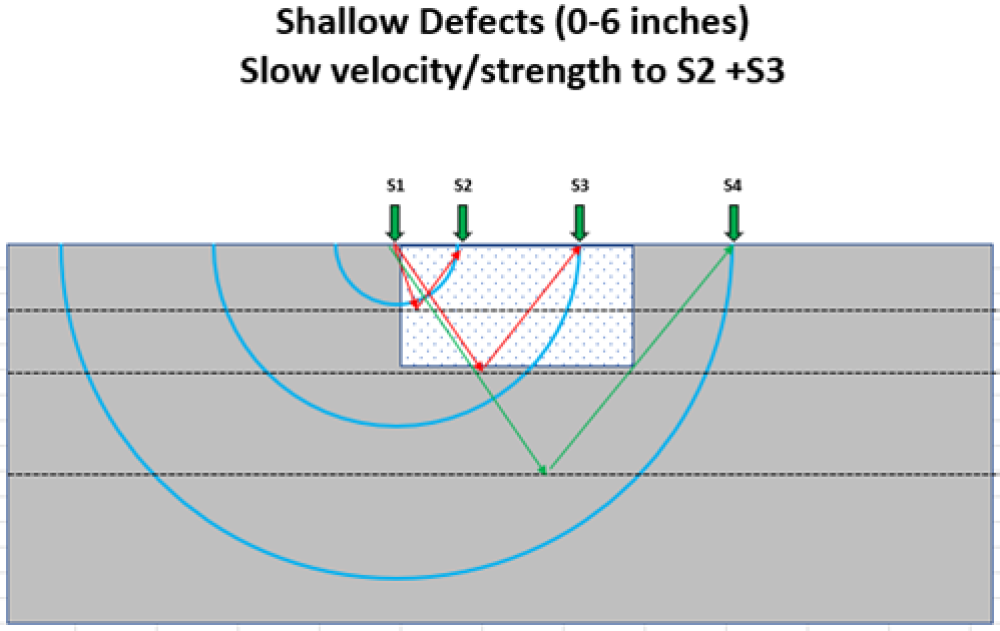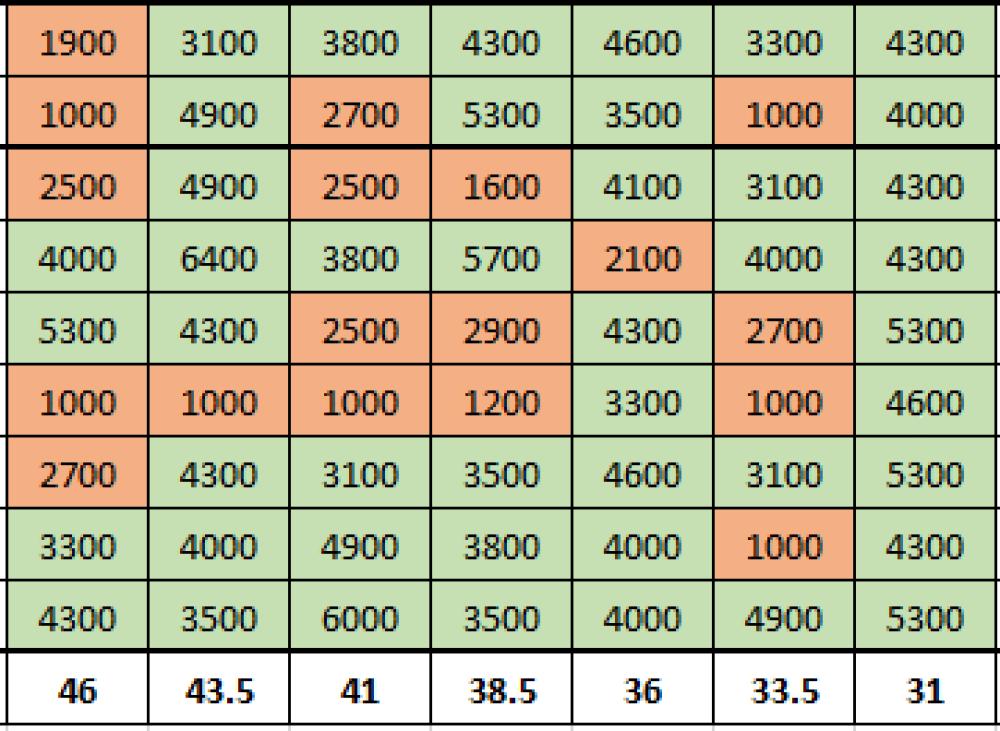CT River Bridge Substructure Evaluation carrying US Route 18


Services Applied by VCS Engineering
Project Introduction
The Route 18 crossing over the Connecticut River, a pivotal 5-span bridge linking New Hampshire and Vermont, underwent evaluation by the New Hampshire Department of Transportation's (NHDOT) engineering consultant. While plans for replacing the superstructure were underway, uncertainties loomed regarding the preservation potential of the concrete substructure. Specifically, the internal condition of four concrete bridge piers and two abutments demanded quantification. The central challenge revolved around determining whether shallow surface repairs could prolong the substructure's service life or if the more drastic measure of removal and replacement was imperative. In response to this pressing need, NDT Division was enlisted to conduct a suite of nondestructive test methods to assess the substructure's condition and durability, aiding the engineering team in their bridge evaluation endeavors.


Project Scope
NDT Division's approach comprised a multifaceted arsenal of nondestructive testing techniques tailored to the task at hand. Among these methodologies, nondestructive impact echo/pulse velocity (IE/PV) testing was employed, targeting the concrete surface and through testing to gauge concrete strength by measuring the velocity of compressional and shear waves traversing the concrete. Additionally, ground-penetrating radar (GPR) scans and corrosion potential measurements were conducted to ascertain the cover depth and assess the risk of corrosion to the steel reinforcement within the piers. This comprehensive suite of measurements aimed to provide a nuanced understanding of the depth, severity, and extent of concrete deterioration across the substructure.
Project Solution
The culmination of NDT Division.'s rigorous testing efforts yielded invaluable insights for the engineering team tasked with evaluating the bridge's substructure. The array of nondestructive testing methodologies employed by NDT Division. provided detailed assessments of concrete deterioration, encompassing risks for corrosion, delaminations, and in-situ compressive strength. Importantly, the findings from surface and through testing measurements confirmed that the internal concrete condition of the substructure remained adequate, thereby enabling the preservation of the piers with minimal intervention, necessitating only superficial repairs. This strategic approach not only averted the need for extensive substructure replacement but also yielded substantial cost savings for the rehabilitation project. By leveraging the existing concrete pier foundations, the project achieved significant cost efficiencies, ultimately saving the owner millions of dollars. Furthermore, the streamlined evaluation facilitated by NDT Division's testing regime expedited the construction schedule by over 6 months, underscoring the pivotal role played by nondestructive testing in optimizing project outcomes.

